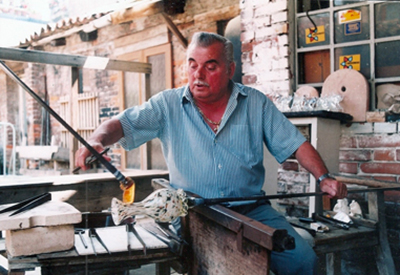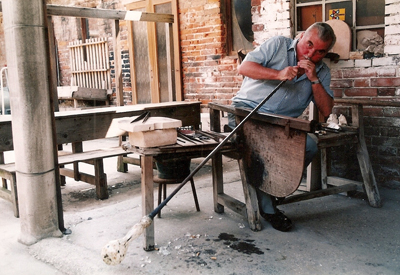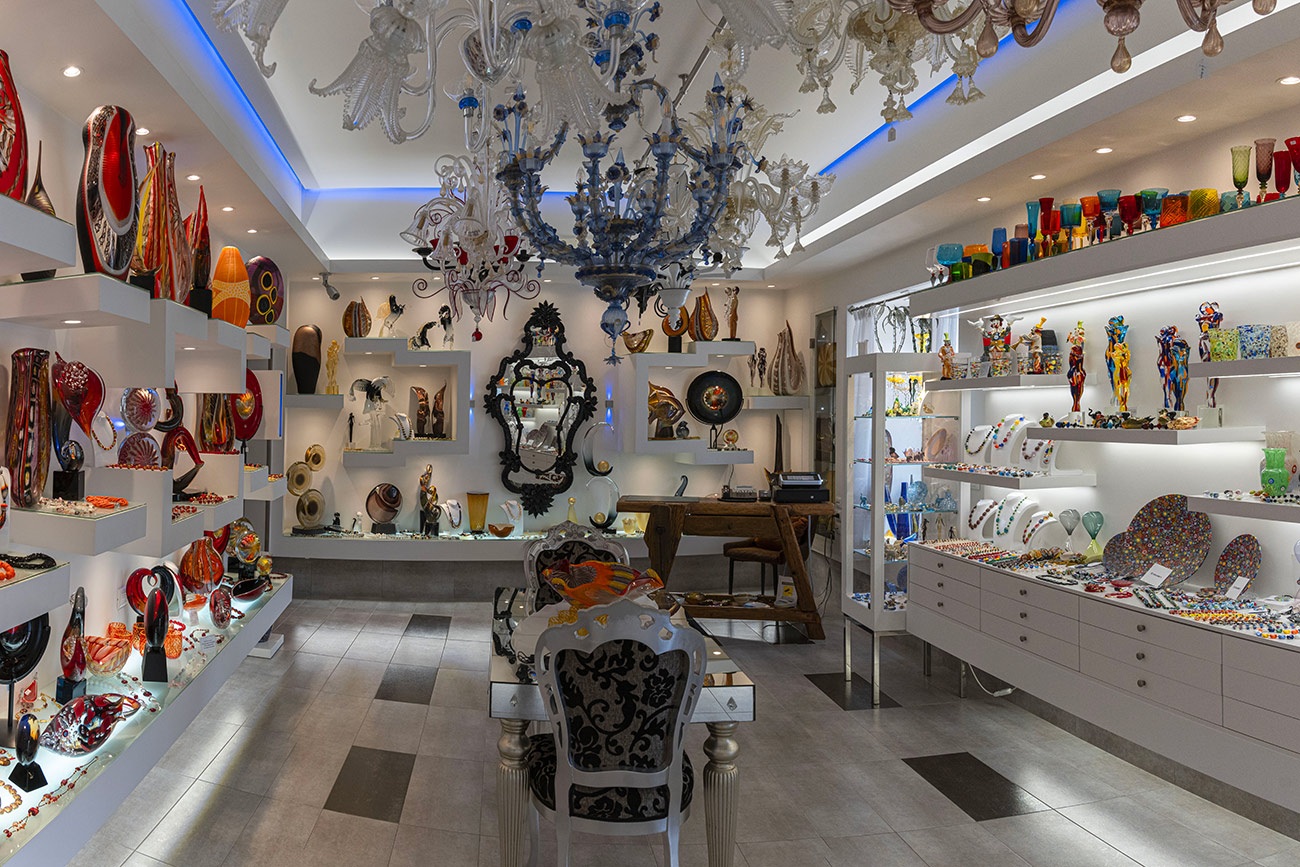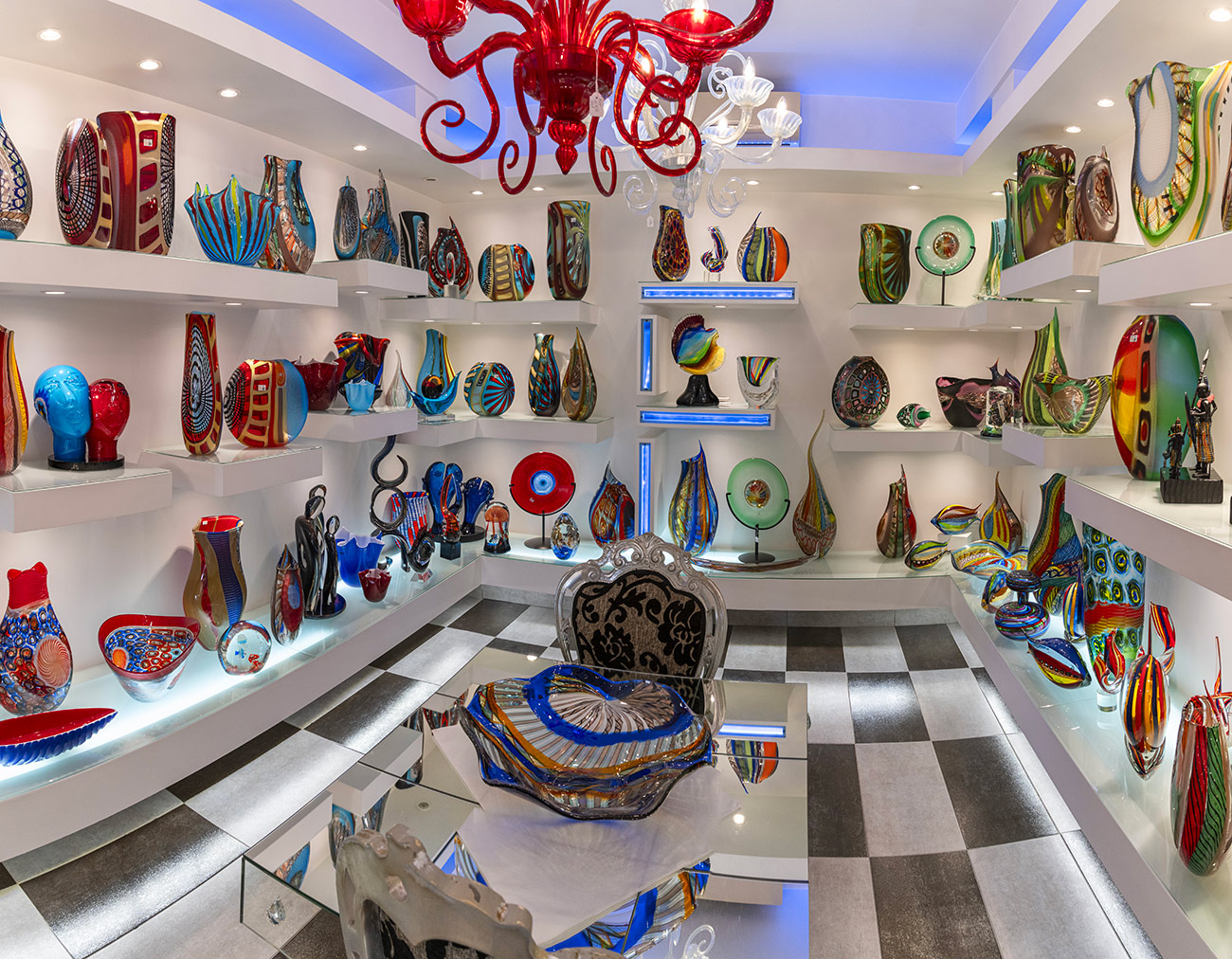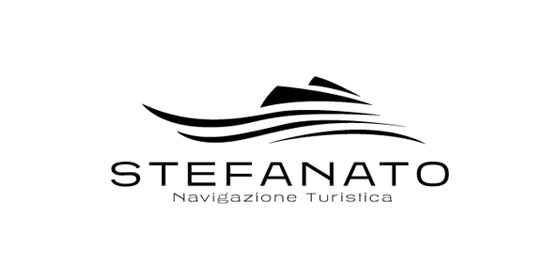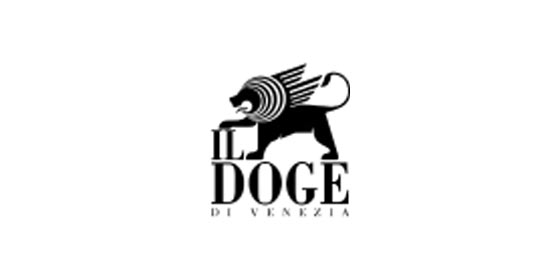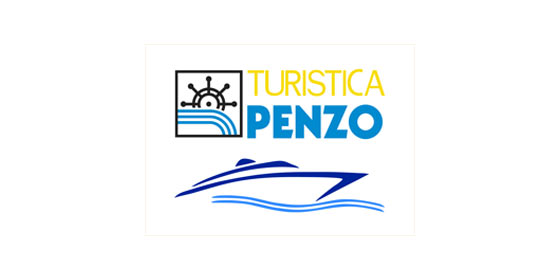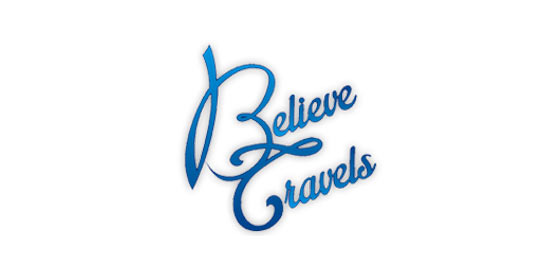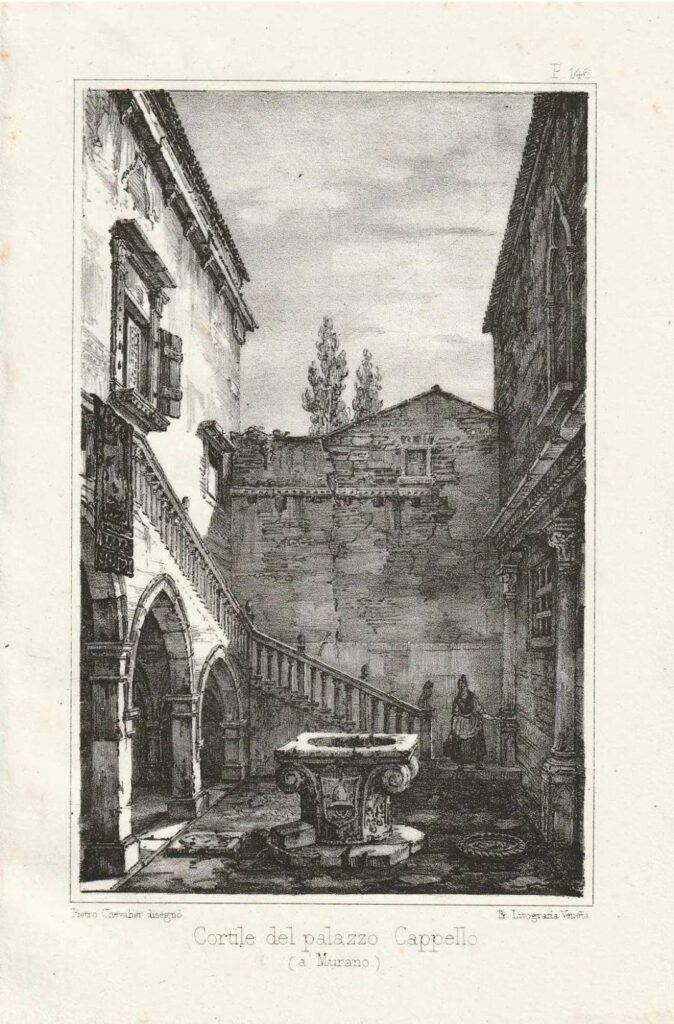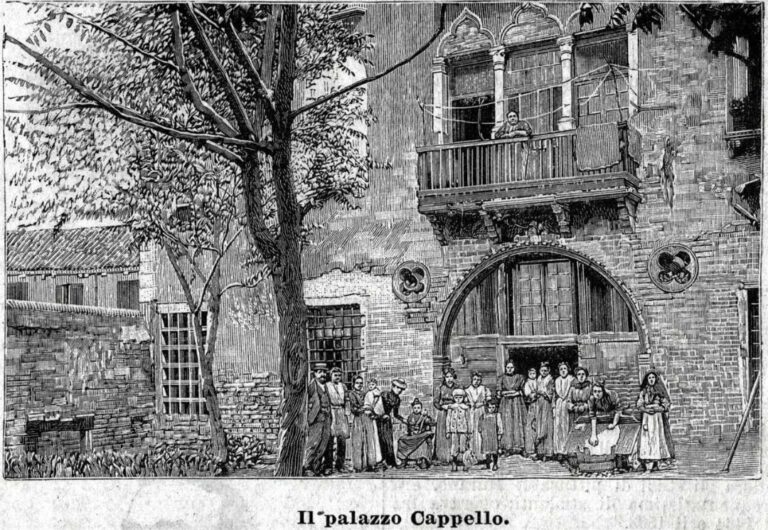Our history: a tradition of more than 60 years.
Furlan Giuseppe, the founder of the G.D. Furlan company was born in 1928.
At the age of 12 he began working as an apprentice in the furnaces of Murano, and at 20 he became a Master Glassmaker.
He worked at the kilns of Gino Cenedese, Alfredo Barbini and then completed his work at the Scarpa and Schiavon kilns.
In 1962 he founded the firm G.D. Furlan together with his wife Leda, and over the years with the help of his son Massimo (who joined the firm in 1968) it developed and became known worldwide for quality and seriousness.
Growth.
Since its founding, the company has been operating as a wholesaler all over the world and participates in the most important industry trade shows.
In 1977 Furlan Giuseppe was listed in the Golden Roll for his prestigious professional activities.
Since the early 1980s it has been and still is a popular destination for organized groups from Italy and abroad interested in learning the ancient art of glassmaking in Murano.
In 1999, founder Giuseppe died, and since then his son Massimo has been directing the firm toward further research into product quality with works signed and certified by Murano’s most important master glassmakers (Alfredo Barbini, Adriano Dalla Valentina, Simone Cenedese, Romano Donà, Zanetti, Luca Vidal, Studio Salvadore, Fratelli Ferro, Andrea Tagliapietra, Mirko Bastianello, Mariano Moro, Achille D’Este, Cristiano Toso, Lino Tagliapietra, Davide Fuin, Giuliano Ballarin, Ercole Moretti etc.).
Cappello Palace and its thousand-year history.
The GD Furlan company is located inside one of the oldest palaces on the island of Murano,Palazzo Cappello.
Overlooking Murano’s Grand Canal, it was erected in 1567 along with the nearby Palazzo Pesaro and Palazzo Trevisan. The architectural imprint is Venetian Gothic, and at one time the main facade opened to a style of pointed arches resting on majestic faces.
A magnificent marble staircase connected the main hall to the other rooms, and a well true bore the Cappello coat of arms. The palace, owned by Bartolomeo Cappello in 1574 and a vacation spot for Bianca Cappello, hosted King Henry III of France and Poland in the same year.


